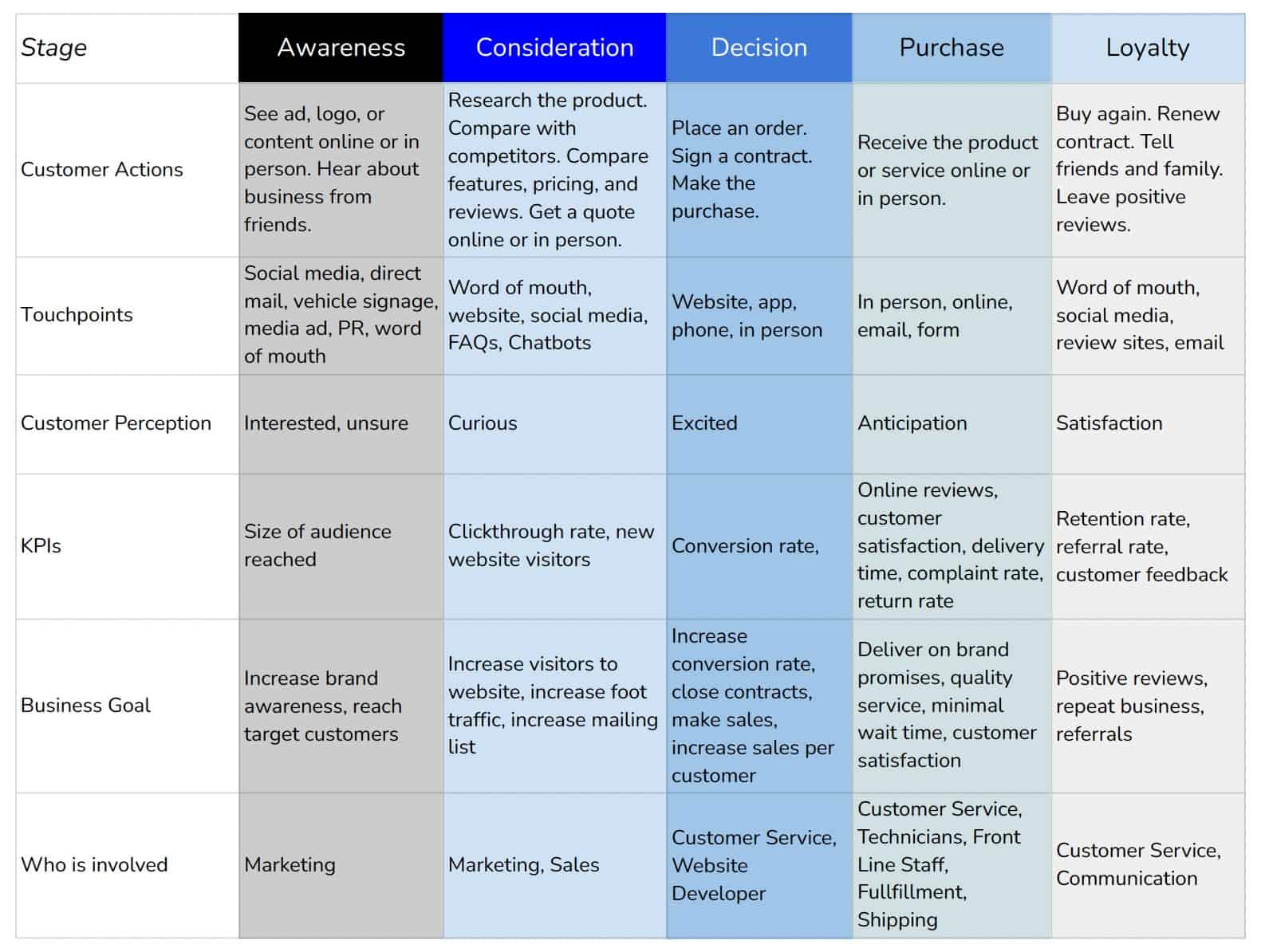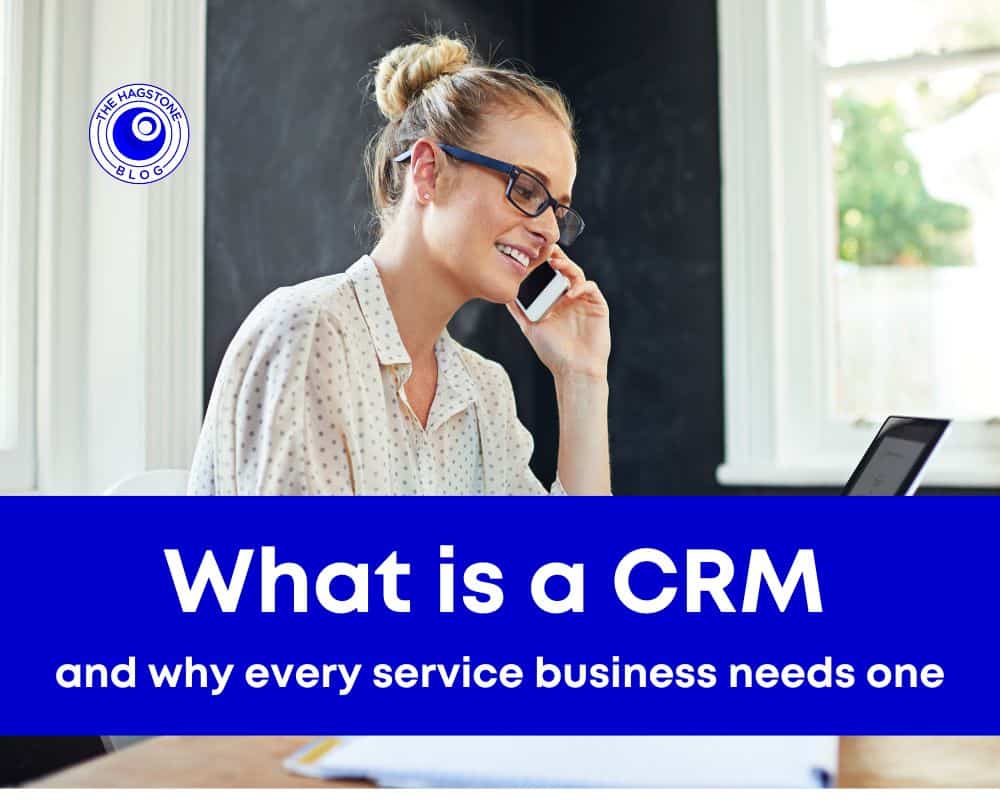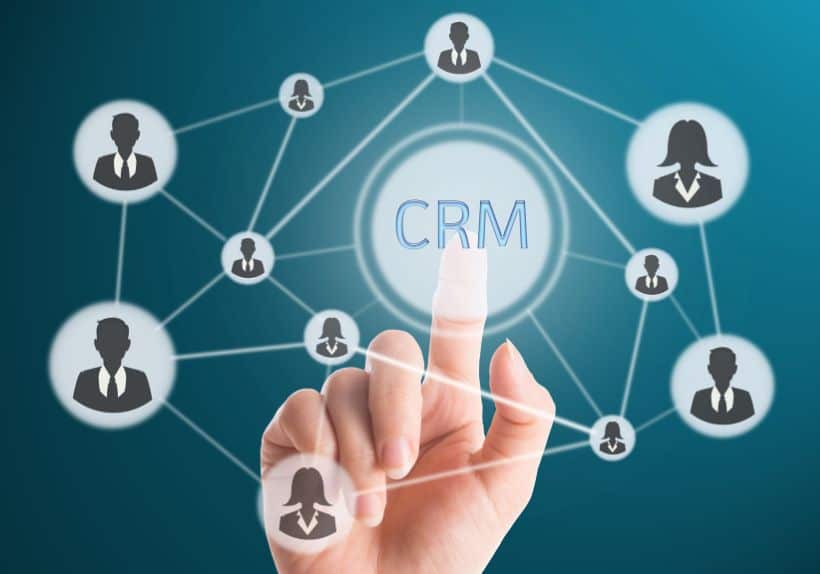What is Pivoting, and Steps for Entrepreneurs for How to Pivot in Business
Sooner or later, an entrepreneur will find themselves wondering – do I need to pivot? After all, few businesses never need to change strategic direction. Frequently, changes in technology and consumer behaviour require adjusting how we do business. In fact, it can be argued that companies who fail to pivot end up, well – failures. Blockbuster is a famous example. By sticking to DVDs and ignoring the rise of digital streaming, they went out of business in 2014. To understand what is pivoting, and steps for entrepreneurs for how to pivot in business.
What is pivoting
Essentially, a pivot is a significant change that impacts the way a business is conducted. A pivot is strategic, not tactical. For example, changing the colour of employee uniforms or redesigning business cards is not a pivot. However, if those changes were part of adding a product line to target a new customer base, then it is a pivot.
Examples of a pivot in business
There are many ways to pivot in business. It could be a subtle shift in pricing strategy to attract a different market segment. Or it could be a major transformation, like eliminating product lines to focus on something entirely new. Here are some examples of a pivot in business:
Implementing new technology
Technology should be upgraded regularly. But sometimes, a bigger shift is required. Like switching from a paper based system to digital processes. This can be a big learning curve for customers and staff who are used to the old way of doing things.
Adding products or services
This is a pivot because it impacts operations, staffing, and marketing. For example, a hair salon decides to offer tanning. A cake shop adds a gift bag package to make party planning a one-stop shop. Or, a landscaping company expands its services to include eavestrough cleaning. Sometimes, these pivots can be achieved with a sub-contracting relationship or collaboration with a local company.
Eliminating products or services
Sometimes a pivot is letting go of something. Like discontinuing a product or service. There may be many reasons for this. If demand declined, it’s easier to just stop offering it. However, it could be supply chain issues or rising material costs which makes that line unprofitable. Then, the pivot would be replacing it with an alternative source of revenue.
Changing existing processes
Pivoting can be changing existing processes in any area of the business. This could be connected to using new technology, like switching to a chatbot instead of using live support agents. Also, it could involve shifting away from automation to a more personalised customer experience. Like, sending out a sales rep to meet a potential customer instead of offering an online quote.
Shifting target market
Another pivot is when a business decides to focus on a different sector of the market. Perhaps this is to differentiate, because there are just so many competitors going for the same target audience. So with a new pricing strategy aligned with updated marketing messaging, an entrepreneur may focus on a different niche. Though the market may be smaller in that segment, often the higher profit margins means it’s better for business.

Recommended Reading
There are many examples of a company achieving huge success only after changing direction. Sometimes, these pivots totally transformed the business. For more inspiration and ideas you can use, read “Famous Pivots in Business.“

Recommended Reading
There are many examples of a company achieving huge success only after changing direction. Sometimes, these pivots totally transformed the business. For more inspiration and ideas you can use, read “Famous Pivots in Business.“
How to pivot: Steps for Entrepreneurs
Ok, so now that you understand what is pivoting, you may be wondering how to implement in your company. These 10 steps for entrepreneurs will walk you through how to pivot in business.
1. Acknowledgement
First, recognize that it’s time for a change in direction. This starts with acknowledging that something isn’t working in the business. Maybe revenue has flatlined, or profits are shrinking. Or staff turnover is rising, and customer retention is dropping.
2. Acceptance
This step is all about mindset. It is important to accept that the business is going to change. This can be a challenge for entrepreneurs, because a pivot may move them away from their initial vision for their business. Resistance to change is a huge barrier to a successful pivot. So take a moment to lean in and fully accept that things are going to be different.
3. Agreement
Every business has its own structure and culture, so this step looks different for everyone. Essentially, it’s about making sure that key stakeholders are on the same page. Key decision makers should be in agreement about making a pivot in the business. Otherwise, it makes implementation very difficult. This step is about leadership and communication.
4. Brainstorm
Next, it’s brainstorming. Ideally, all stakeholders will be involved in this step. And also, it’s good practice to get some outside perspective. A mentor or a business coach will offer fresh insight and ideas. Step outside the day to day of the business and turn off the phones. Be creative and open to fresh ideas. This step is about getting a list of ideas for how to pivot the business. Also, be clear about the issues the company is facing, and the business goals.
5. Evaluate
Now that there is a list of ideas, it’s time to evaluate. Research market conditions and do competitive analysis. Do a risk assessment of each pivot idea. As much as possible, identify costs, barriers, and problems. All of this data is a guide for entrepreneurs for decision making and implementation.
6. Decide
After considering all the information gathered in Step 5, it’s time to make a decision. As with Step 3, key stakeholders should be involved in the decision making process.
7. Commit
Next, commit. Meaning, fully embrace the decision, and be ready to see it through. There are many failed pivots because entrepreneurs went into it half-hearted. For example, new software was purchased but not all the functions are being used. Or a new product is added without a new marketing strategy to promote it. So commit to the decision and have a positive mindset about a successful pivot.
8. Plan
Now that a decision has been made, it’s time to plan to roll out the pivot. Project planning is a skill, and this is a step which may benefit from some outside help. It is important to have a workflow, a checklist, and a timeline of each step and action to roll out the change in the business. After all, a failure to plan is a plan to fail!
9. Implement
Finally, it’s time to implement the pivot. Depending on the scale and scope of the project plan, one person should be responsible for managing this. Because change is difficult. And implementation involves many steps and moving parts. Communication is so important, so that suppliers, staff, and customers understand what is happening at every stage.
10. Measure
Lastly, measure the results and outcomes of the change in direction in the business. Was the pivot successful? This depends on how success is defined, which links back to Step 1. For example, if the issue was no revenue growth, and revenue increased in the months following the changes implemented, then the pivot was a success.
Conclusion
This summarises what is pivoting, and steps for entrepreneurs for how to pivot in business. Following these 10 steps will guide any business owner on how to identify, choose, plan, and implement a strategic change of direction. A pivot is not a decision to make quickly. Taking the time to analyse, research, and plan will increase the success of a pivot to reach business goals.
What is Pivoting, and Steps for Entrepreneurs for How to Pivot in Business Read More »






